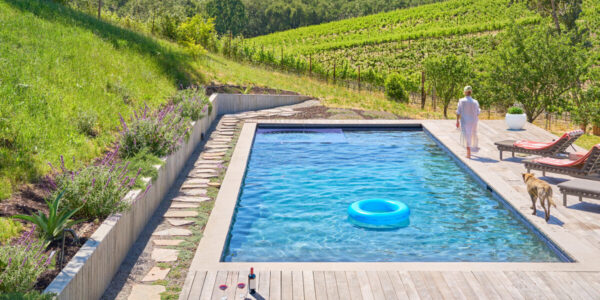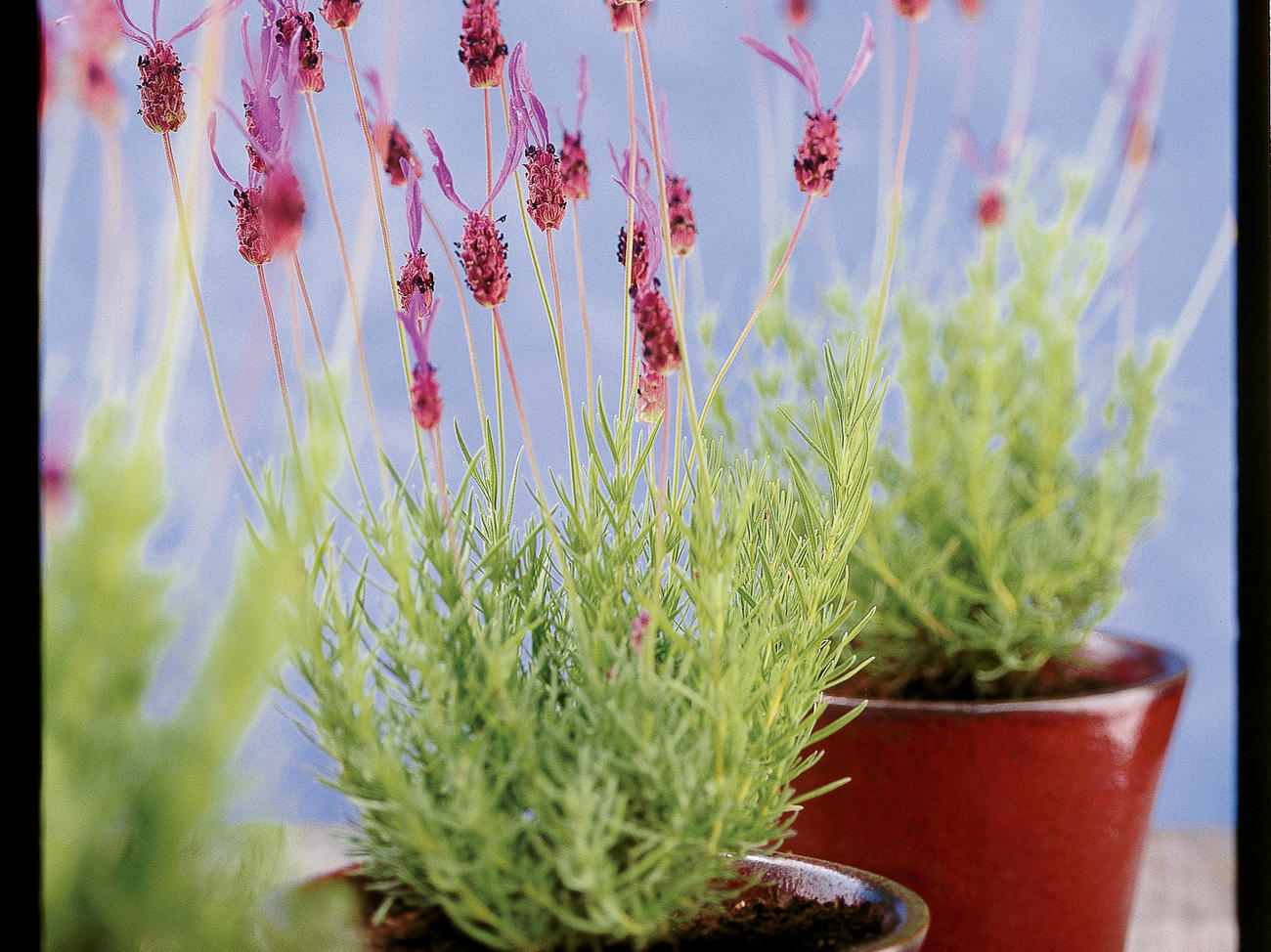
Compact Lavenders
Enjoy their fragrant, easy grace in pots or as border edgings

Thomas J. Story
'Fairy Wings' lavender, shown here in ceramic pots, produces an abundant show of delicate lilac-colored flowers.
What’s not to love about lavender? Flowers of many varieties have a fragrance so heady that they’re used to make potpourri, soap, and perfume; some are also used in cooking.
Most lavenders dry beautifully for bouquets and attract bees and butterflies. There’s a species for just about every region, from the coast to inland valleys, mountains, and deserts.
Dwarf lavenders, which stay under 2 feet tall (see list below), are compact alternatives to the common varieties that can grow to 4 feet or taller. They’re particularly suitable for small beds, border edgings, even containers.
